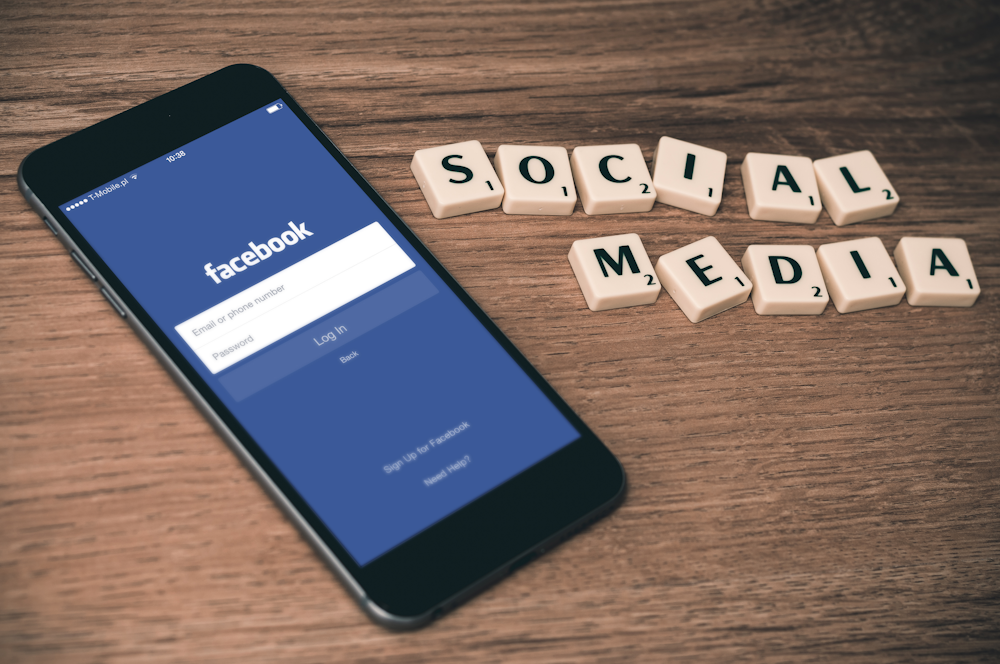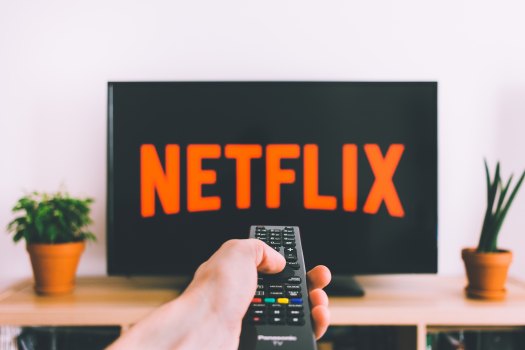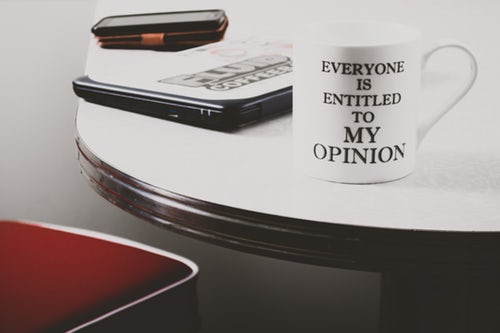
Simultaneously maintaining my blog and social media was kind of like riding California Screamin’ at Disney California Adventure. There were highs and there were lows.
The smooth and easy take off was like choosing a blog theme and making my personal social media plan.
But all of a sudden comes the first drop, when I had to pick my first topic and I realized that I haven’t used Twitter in two years and I have three connections on LinkedIn. While of course the first drop is scary, it’s also really exciting. What’s going to come next?
For awhile I was used to the ride, the drops still came but they didn’t scare me as much. I got used to blogging and was more aware of my social media.
Then came the big loop. This was about 3/4 of the way through the term when I realized that, although I was paying more attention to my social media, I wasn’t following through with my plan. I continued to have trouble finding the PR angle in my blog posts. I got stressed out and wasn’t sure what was this meant for the rest of the term, or in this case the rest of the ride.
Finally at the end of the ride, I am somewhat relieved that it’s over, but at the same time I want to get back in line and do it all again. Although keeping up with a blog and social media at the same time was a little stressful, in the end it was something that I really enjoyed and would definitely get back in line for.
Here are a few lessons that I learned:
You miss 100% of the shots you don’t take
You’ve probably heard it before, and you’ll definitely hear it again (especially if you watch season five episode 23 of “The Office”), but that’s because this is a big one. I told my self at the beginning of the class that I was going to put my blog link in my social media bios to increase viewership. But each week I would write my posts and I wouldn’t love them or didn’t feel like they were “right,” so I never did. Of course, this turned into the only people seeing my blog were my teacher, my mom and myself. I really feel like this was a missed opportunity on my part. If I were to get back in line and do it again, I would definitely have been more open to sharing my blog.
Practice makes perfect
If I learned anything in the past couple of months in my strategic communication class, it would be that there is always room for improvement. My writing got a lot better just by writing these blog posts. By knowing that my writing was going to be available publicly made me be way more aware of what I was writing. That being said, I have a long way to go with my writing and my AP style. Not only writing, but I also learned that it is important to practice your social media.
Digital native shmigital shnative
While yes, I have had social media for almost ten years (WOW), I am still not very good at it. I was especially reminded of this when Dr. Karen Freberg came and gave a lecture on social media and PR. There is always something more to learn, especially with the ever-changing world of social media.
The show must go on
The entertainment industry is incredibly fast paced and it can be hard to keep up. This term has taught me that when you’re working within an industry such as this is essential to be confident and follow through. I put out my best work when I was confident and passionate about what I was writing.
I can’t wait to continue to find my way in PR and entertainment, but for now, CUT!


 I really enjoyed this assignment because design is one of the things I’ve always loved about PR.
I really enjoyed this assignment because design is one of the things I’ve always loved about PR.







 the piano and reenactments of famous movie scenes. I was pretty much groomed to be a movie-lover, and have wanted to work in the entertainment industry since before I can remember.
the piano and reenactments of famous movie scenes. I was pretty much groomed to be a movie-lover, and have wanted to work in the entertainment industry since before I can remember. .
.